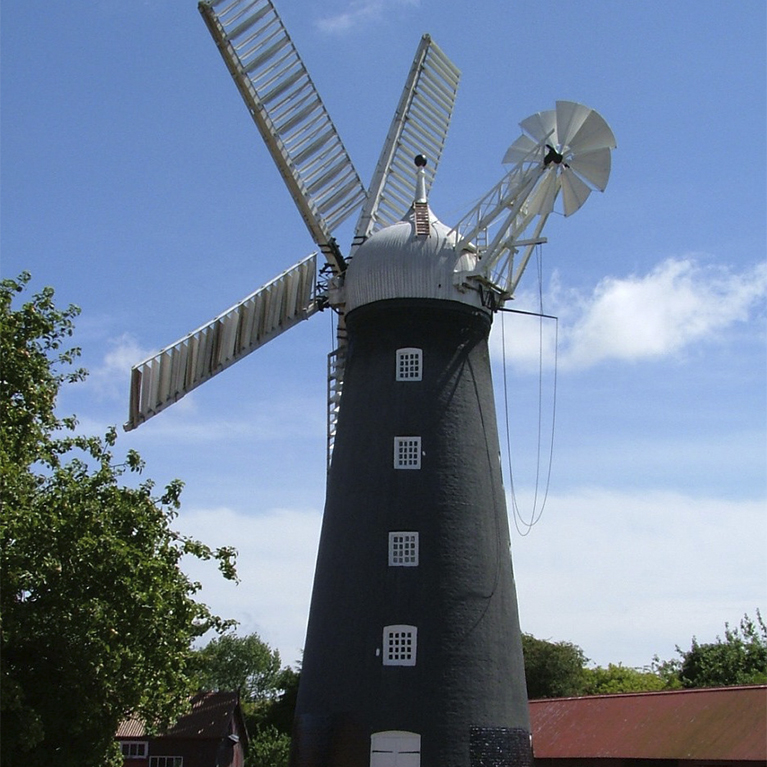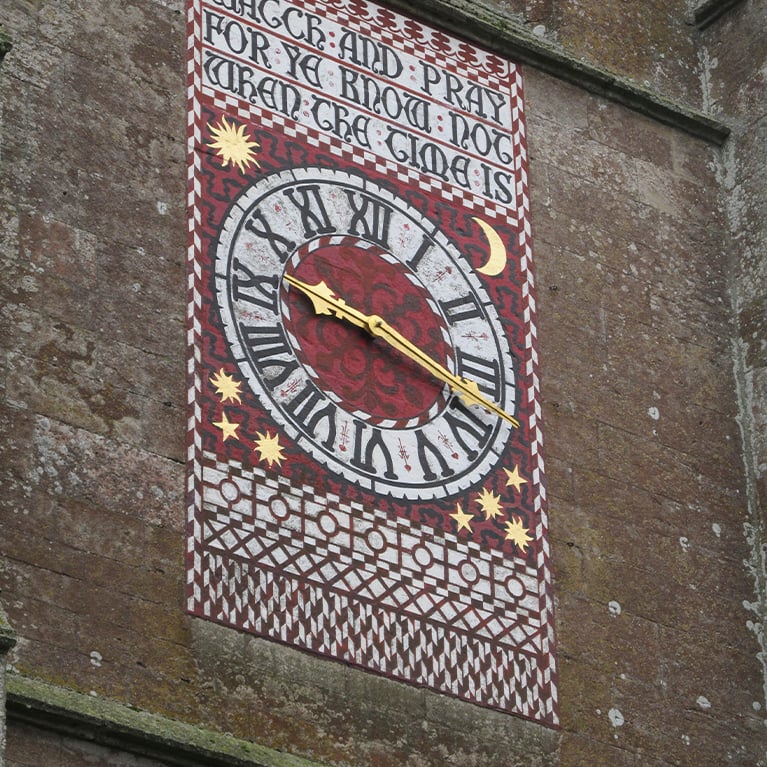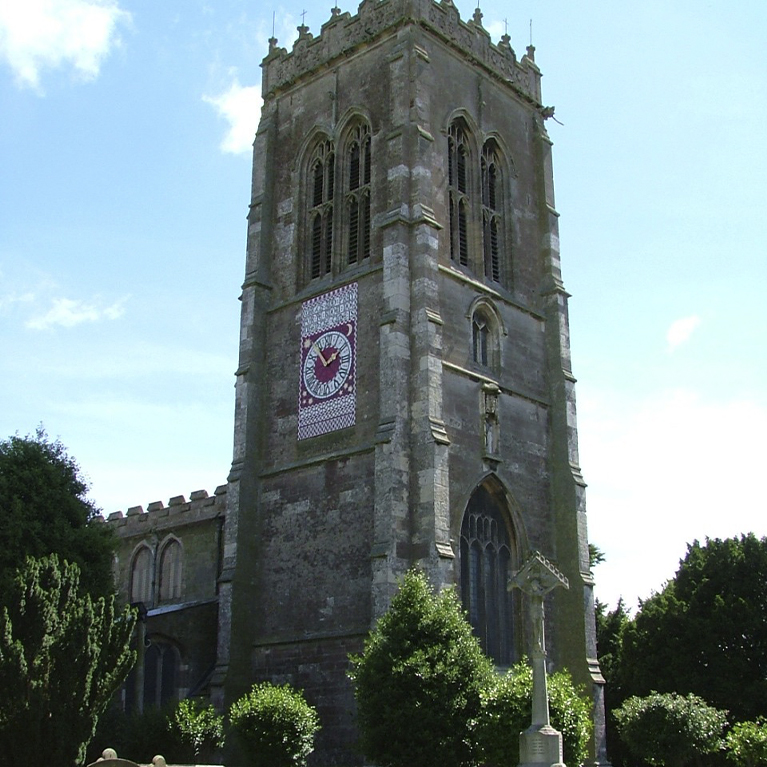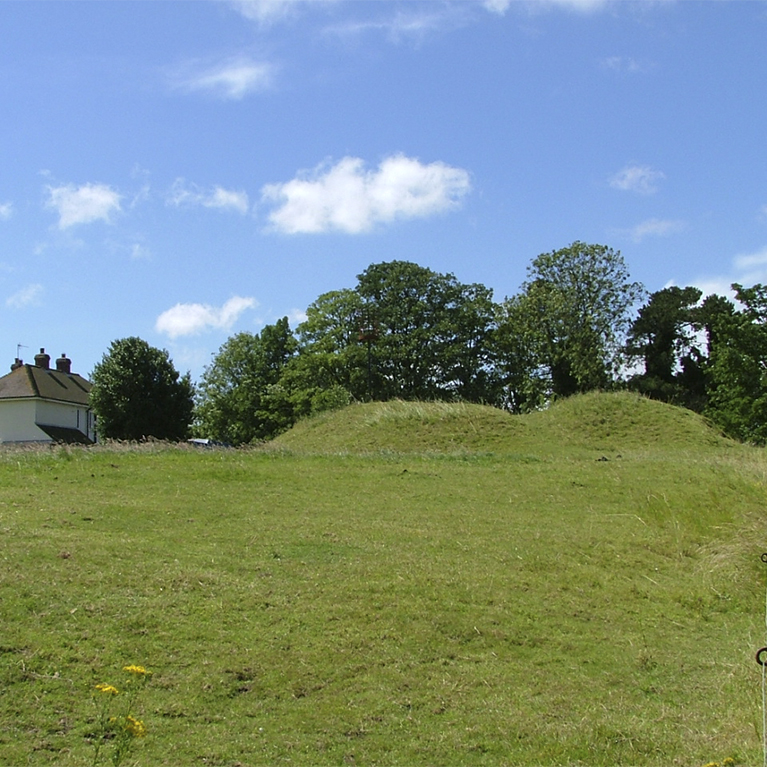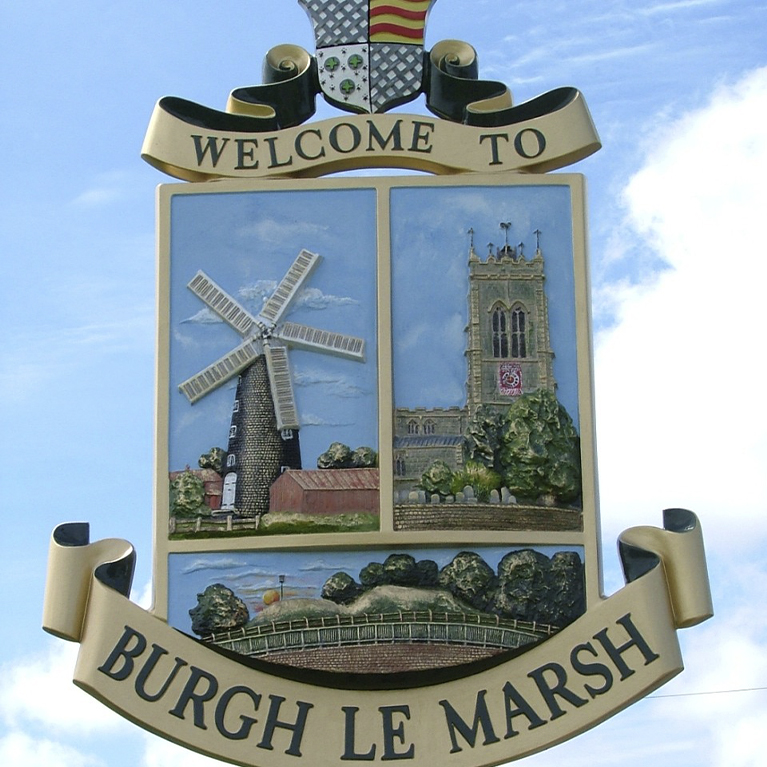(2.01km)
Walking
Burgh Le Marsh Short Walk
Burgh le Marsh
Lying between the coast and the Wolds, the grazing marshes are a nationally threatened habitat supporting a rich variety of wildlife with a distinctive landscape and cultural history. This walk is set in Burgh le Marsh and farmland to the west of this small town. Burgh is built around a low hill in the southern “Middle Marsh”. This is part of the Lincolnshire coastal plain, where during the last Ice Age, clays and rocks were spread over the eastern edge of the chalk wolds. This has produced deeper, moister soils, where there is still a high proportion of grassland. The fields, their hedges, trees, drains and ditches collectively still support a wide range of farmland birds, such as lapwing, skylark, tree sparrow and fieldfare.
There is evidence from the Domesday Book of an important Anglo-Saxon settlement here called Burg or Burch meaning ‘fort’.
Burgh le Marsh was granted a charter in 1401 and became a busy market town with the surrounding marsh area providing good grazing for cattle. The town market was located on the High Street. The market closed in 1961.
The Parish Church of St Peter and St Paul was built around 1500 with later alterations and additions. The clock on the tower has an ornate painted surround and was originally intended to be in the town’s market place.
Dobson’s windmill, a prominent feature of the town, was built in 1813 and restored in 1947. It is named after Frank Dobson the last miller, who worked there until 1964. The windmill has five sails and stands five storeys high. At the other end of the town is Hanson’s mill which was built in 1855 and was in use until the 1930s. The machinery was removed in 1964 and taken to Brixton Mill in London.
Starting point: Market Place, Burgh le Marsh, PE24 5JW.
Grid reference: TF 501 651
what3words.com
Parking
Linked to Public Transport
Refreshments
Dog Friendly
The mound in the field on your right, between points 2 and 3 is the site of an Anglo-Saxon burial mound and ditch. It was excavated in 1933 and found to contain a burial from the late 6th or early 7th century.
It is thought the mound was enlarged and used for cock fighting, hence its name Cock Hill. The mound is a designated Scheduled Monument. As you walk away from the town you will see evidence of the traditional farming systems with a mix of small and large fields and grazing marsh used to fatten cattle. Land around Burgh le Marsh would have been reclaimed by man for this purpose.
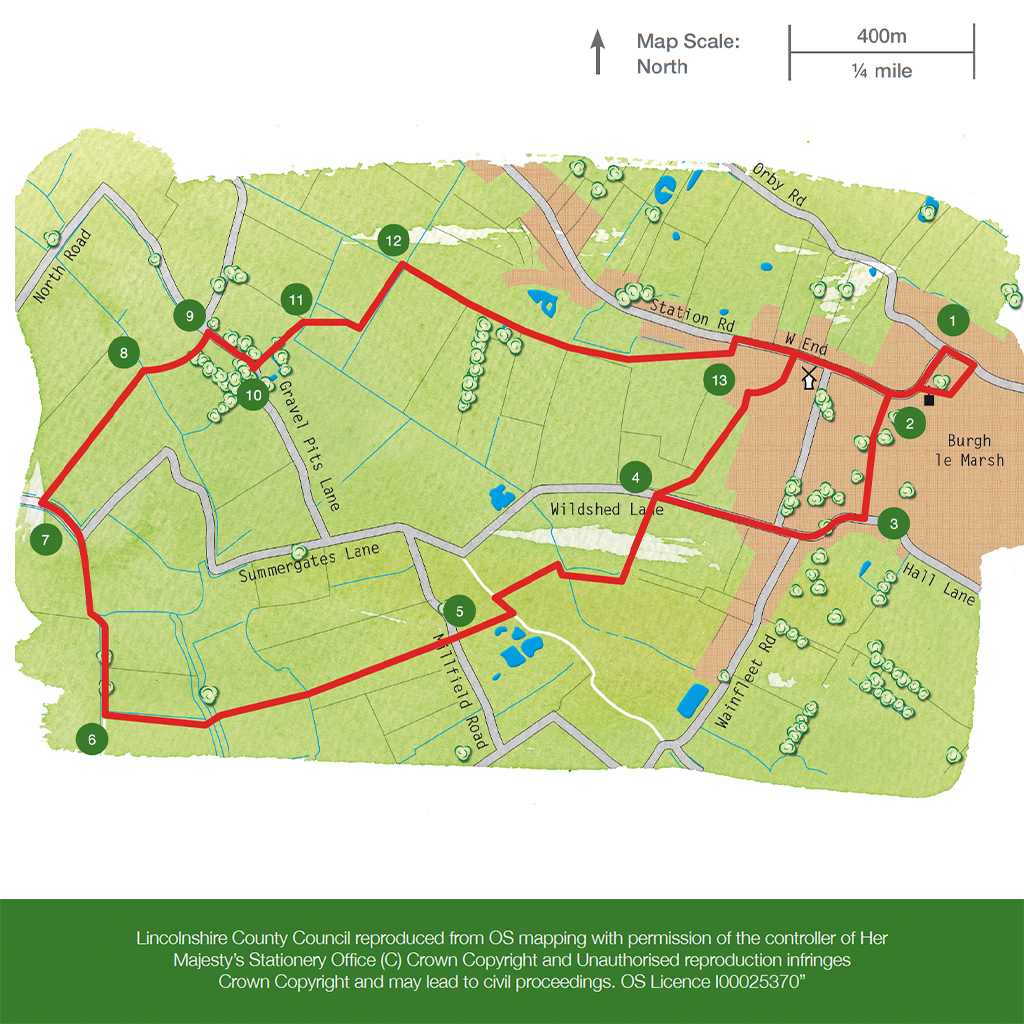
- 1Leave the Market Place, turn left and cross the High Street in front of the Bell Hotel. Walk up Church Street and into the churchyard. Follow the path diagonally across the churchyard.
- 2Leave the churchyard, turn left and take the public footpath on the left just before the path rises. Keep straight ahead on this path until you reach a road.
- 3Turn right and follow the road At the road junction turn right, then left along Wildshed Lane. After approx 250m there is a public footpath on each side of the road.
- 4Turn right and bear right to a stile and post in the hedgerow. Continue in the same direction towards the corner of the next field heading for the old mill. Go between the bungalows and turn right on reaching the road. Follow the road as it bends to the left and joins the main road. Turn right and walk past Hanson’s windmill, now a private house. Follow the roadside path back to the Market Place.
This walk uses roadside pavements, field paths and quiet roads. There may be stiles. You are likely to encounter livestock.
more information
Starting point: Market Place, Burgh le Marsh, PE24 5JW
Grid reference: TF 501 651
things to do in the area
Battle of Britain Memorial Flight Visitor Centre (BBMF)
Chapel St Leonards – Coastal Country Park Walks
Gibraltar Point Nature Reserve
Humber to The Wash Cycle Route
Butlin’s Big Weekenders – Skegness
Lincolnshire Aviation Heritage Centre
Lincolnshire Coast Light Railway
Orchard Farm Equestrian Centre
The King Charles III England Coast Path
Chapel St Leonards to Skegness Promenade Cycling
Cleethorpes Seafront Birdwatching
Donna Nook National Nature Reserve Birdwatching
Huttoft Bank Pit Nature Reserve
Lincolnshire Coastal Country Park Birdwatching
Saltfleetby-Theddlethorpe Dunes Birdwatching
Sutton on Sea to Chapel St Leonards Promenade Cycling
The Ship Inn, Chapel St Leonards
Alford to the Coast Cycle Route
Dobson’s Mill & Heritage Centre Burgh le Marsh
Lincolnshire Wolds’ Challenge Cycle Route
Mumby to Hogsthorpe – Coastal Country Park Walks
Spilsby to Wainfleet All Saints Cycle Route
The Skegness and District Heritage Centre
